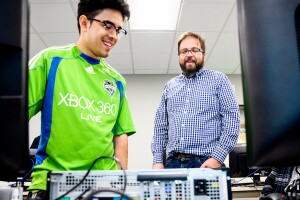The Data Center Technician training program, which Amazon Web Services (AWS) offers in several communities where it operates, is specially designed to train people like Ruth Daugherty, with little or no previous technical experience, in the skills they need to work in data centers and other information technology (IT) roles. Daugherty shares what it's like taking the training program and how this will help her prepare for her career as a computer technician.
In today's competitive job market, finding a role with real career development opportunities is tough, especially in an area where someone doesn’t have any previous experience. Last summer, I came across a flyer about the Data Center Technician training program at Blue Mountain Community College (BMCC) here in eastern Oregon, where AWS has one of its largest data center regions in the world.
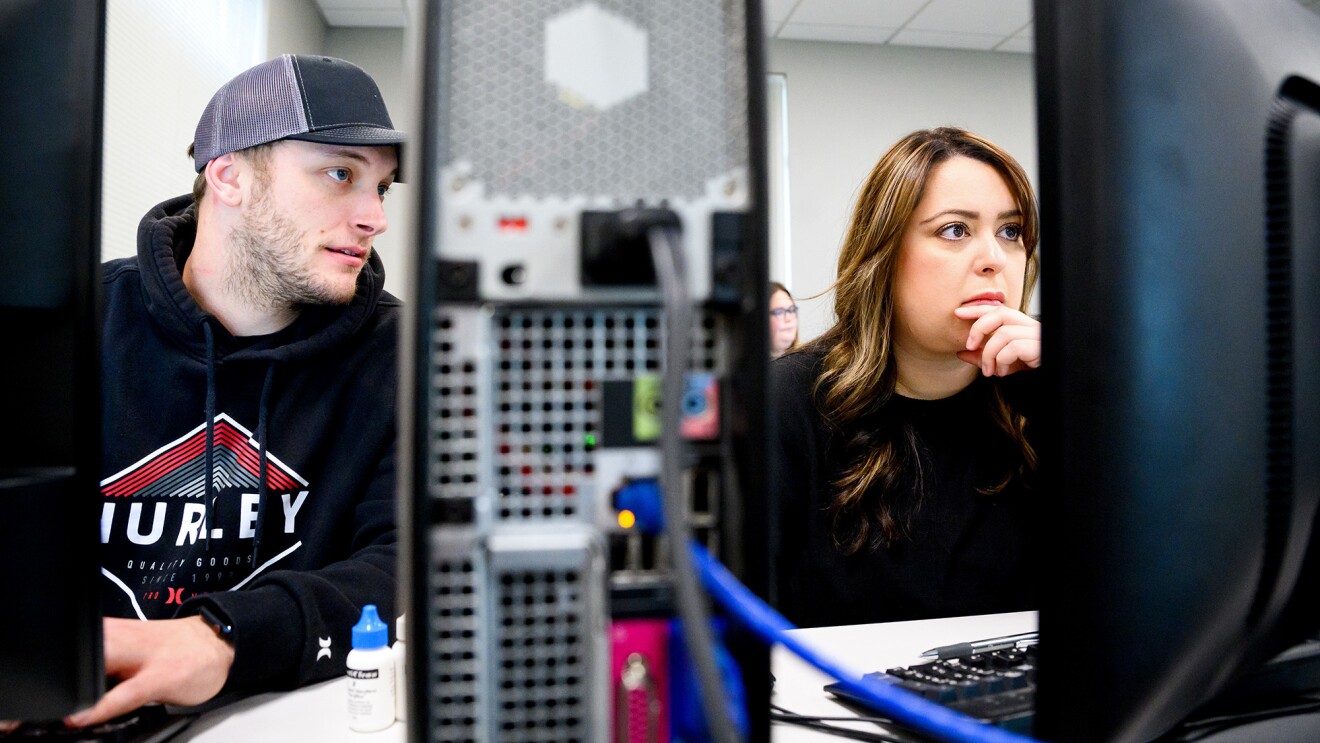
AWS committed $100,000 in scholarships for the program for BMCC students last year when I started, with the funds split between everyone in the course—we didn’t have to pay for anything ourselves toward the training. AWS renewed the scholarship for BMCC students this year, with the money supporting students in the Data Center Technician and Industrial Systems Technology training programs.
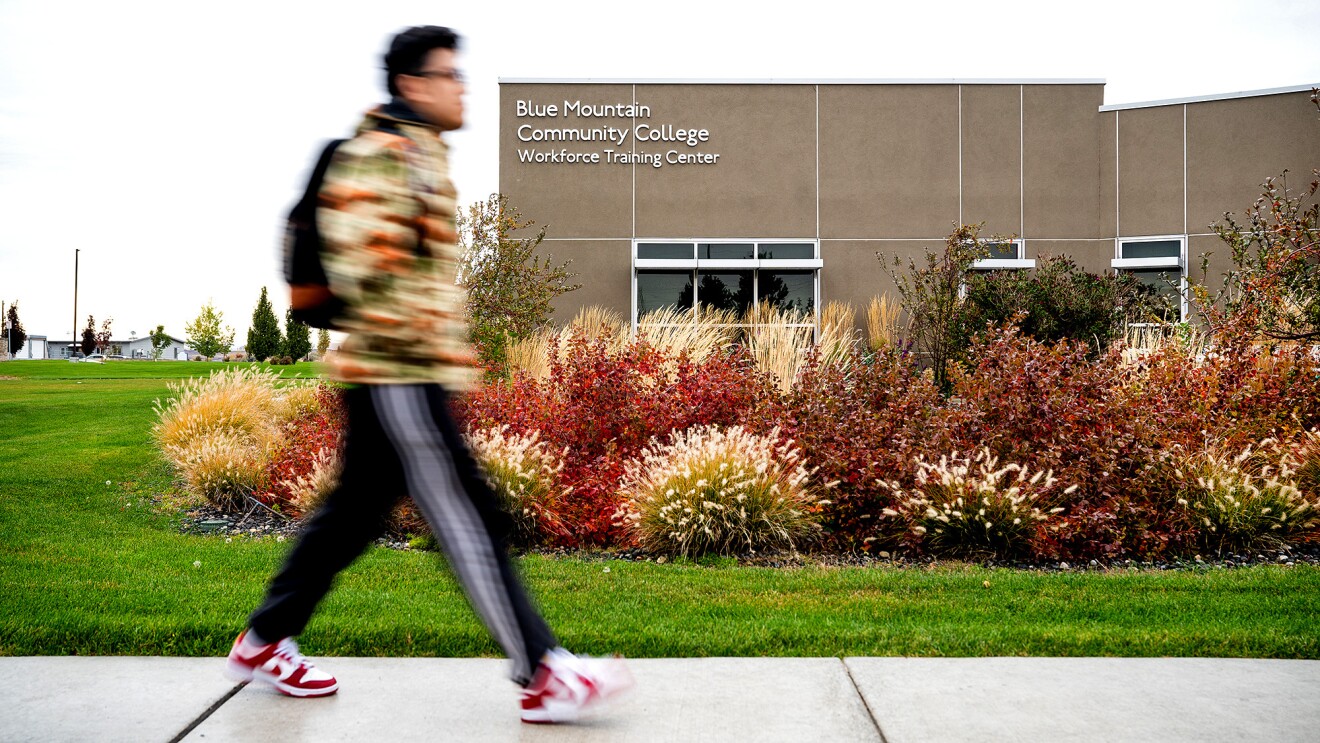
The course teaches the full "soup to nuts" of how a computer's hardware and software work together to store data and run applications. Since I’ve started the program, I've been immersed in cables and computer commands, and I’ll soon be starting a new career as a computer technician.
Our teacher, Pete Hernberg, has taught math and computer science at BMCC for more than 10 years. In 2015, he worked with AWS to create the program. Since then, the program has helped more than 75 people like me, without prior technical background, get jobs in cloud computing support and technical roles.

For our class, we meet in a typical classroom setting, with rows of desks and a computer for each student. That's been key—not only having our own machine to work on, but having other students to team up with and troubleshoot problems together.

A lot of class time is spent taking apart the machines, looking at the component pieces, and understanding how and why they work together. We learn the techniques needed to remove the casing and protective layers, and to handle hardware, such as memory boards, RAM, and CPUs. Down the line, this will be invaluable in a data center, where technicians pull apart and service whole racks of servers.
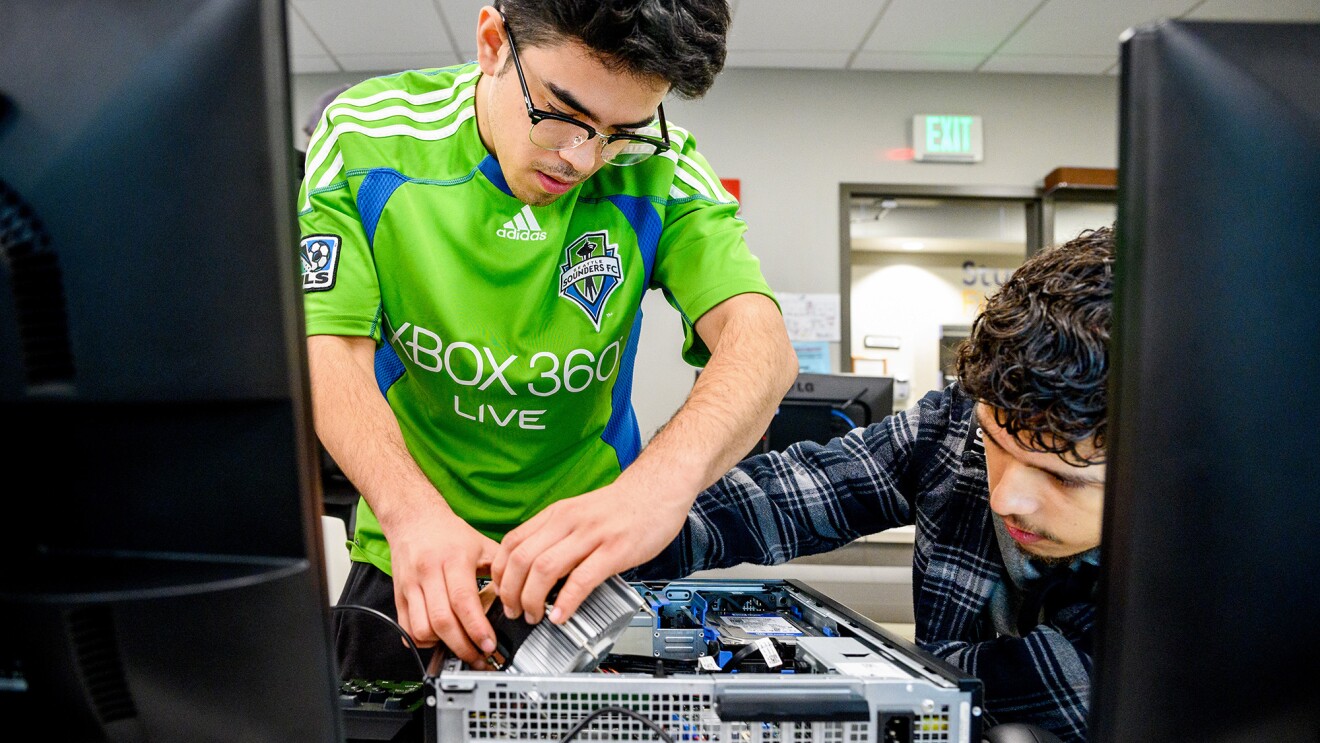
To understand the bare essentials of a computer, Pete had us run operating systems off a "pixie" server, a tiny Raspberry Pi motherboard. We assembled these ourselves and booted them using the monitors we'd used for bigger machines.
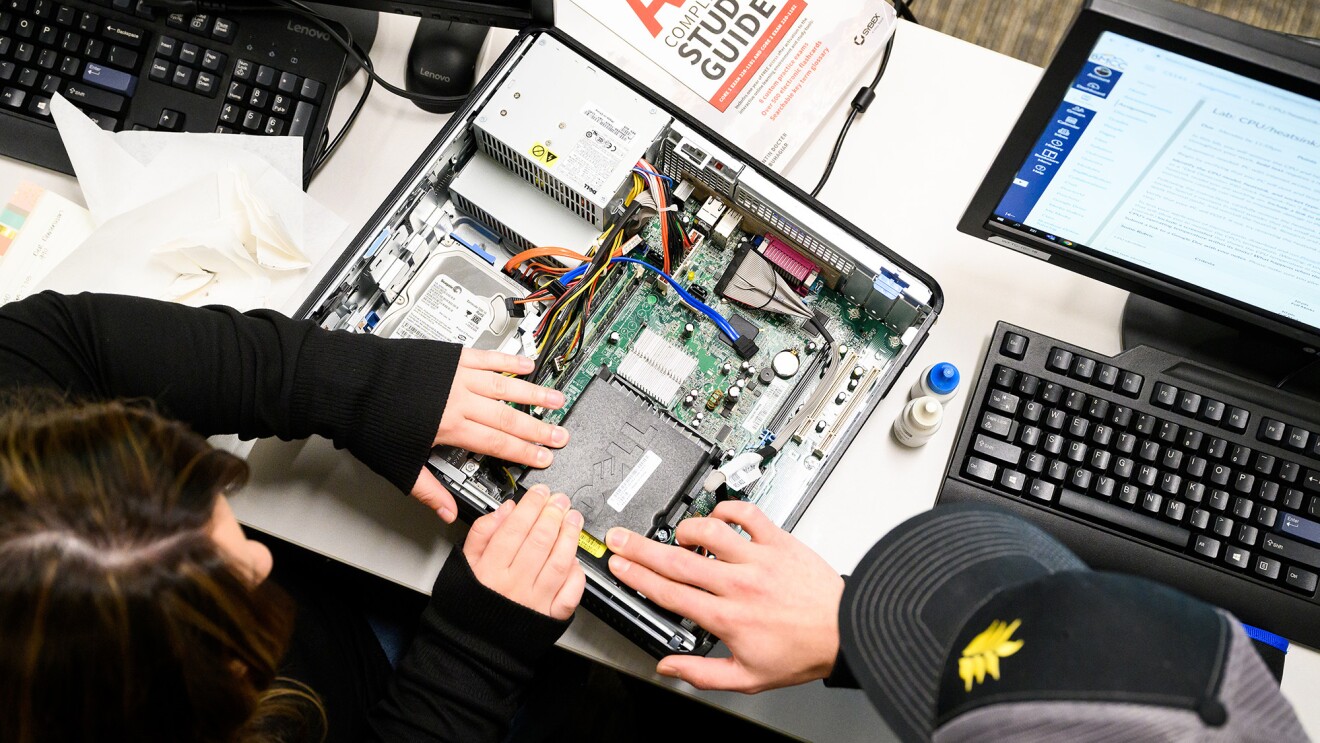
One of the most interesting parts of a computer I've learned about isn't hardware at all; it is a little on-screen box called the “command line.” The command line is the direct communication avenue to the computer's core functionality—the control center beneath the preferences and options that we're used to tinkering with to make our computers work. Being taught to access a machine at its "root" level, as it's known, lets a technician see to the heart of any issue a machine may be experiencing.
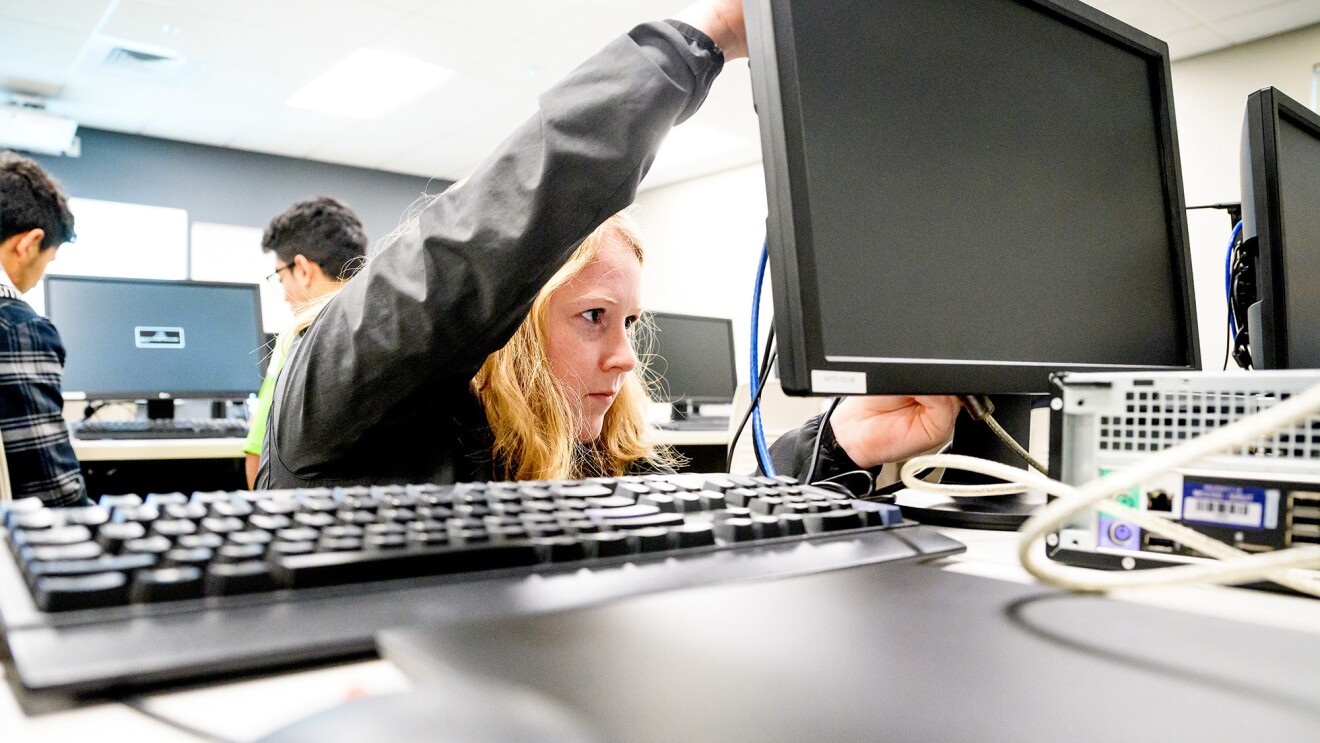
Many of the servers AWS uses to power its cloud computing applications use an operating system called Linux. Learning the intricacies of this operating system has been one of the key lessons of the BMCC course. It requires a whole new way of thinking about how a computer runs, from the commands you can give it to the machine’s capabilities.
Linux isn't the only operating system we've delved into. We've also loaded Ubuntu and Windows 10 onto machines and learned how they run, as well.
In addition to learning about operating systems, we learned that data centers transfer terabytes of information every second. So, a huge part of a technician's work is understanding the Ethernet cables between server racks and networking equipment. We've learned how to test and fix those, as well.

There was another exercise where we built a personal computer from scratch. We were given a specific budget, too, which meant evaluating the tradeoffs enterprise computer designers make, such as whether to put resources toward memory or compute power, or where to place the cooling fan.
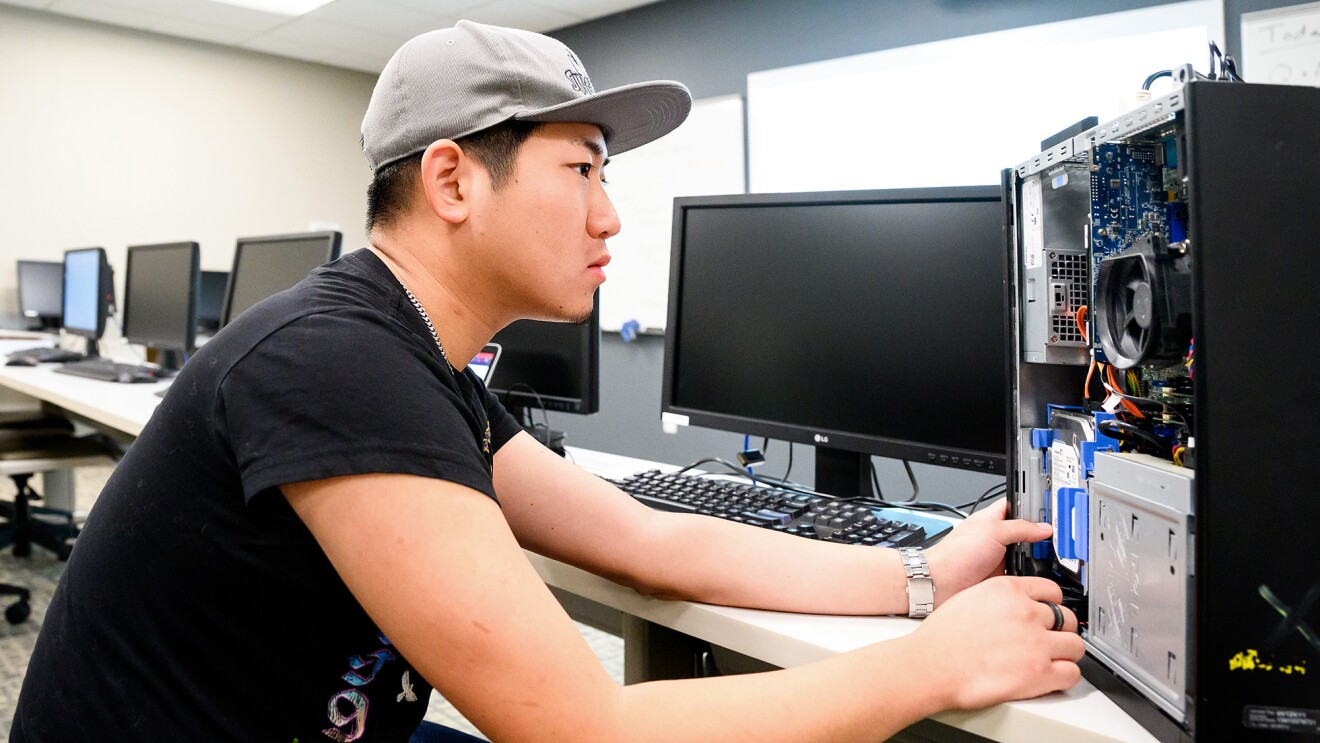
One of the most memorable exercises we did was when Pete asked the class to re-create the BMCC intranet using only campus buildings as our reference points. Understanding the loads and computing requirements of a relatively small network like a community college laid the framework for us to understand vaster networks—like the dozens of global data centers that fit together to power AWS.
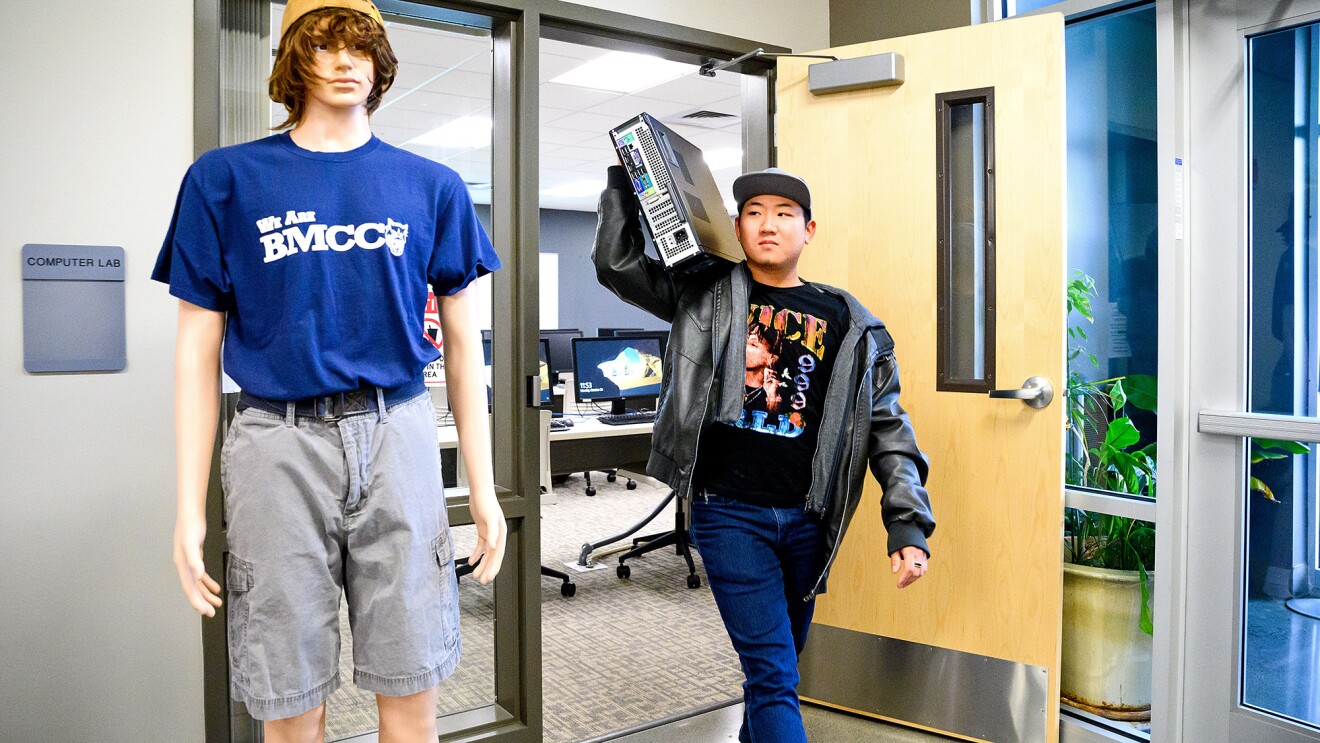
Learn more about the Data Center Technician training program and how to apply to the program at Blue Mountain Community College. Applications for the next cohort for the Data Center Technician training program are due July 20 at 5:00 p.m. PDT. Students accepted into the program will receive scholarship instructions.
This video and story are part of the new AWS docuseries, Data Centered: Eastern Oregon, which celebrates local community members whose lives are being changed for the better by the cloud—in unexpected ways. Watch the latest episodes in the series.
Trending news and stories
- Amazon CEO Andy Jassy shares the simple question that helps power Amazon's innovation
- Amazon will share its Q1 2025 earnings on May 1
- The Amazon Book Sale is back April 23-28 with thousands of deals across books, select devices, and memberships
- Amazon CEO Andy Jassy shares how AI will reinvent ‘virtually every customer experience we know’


